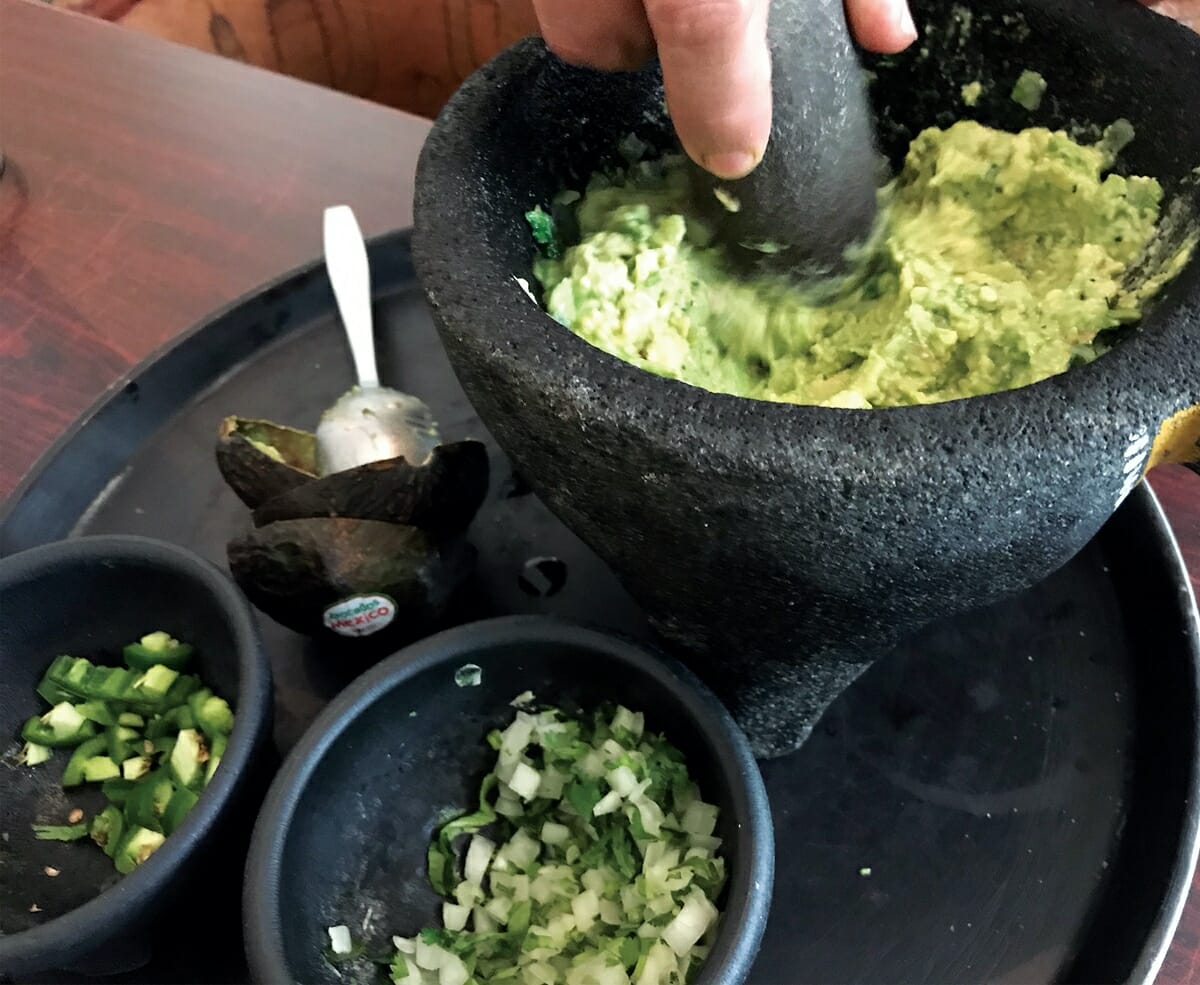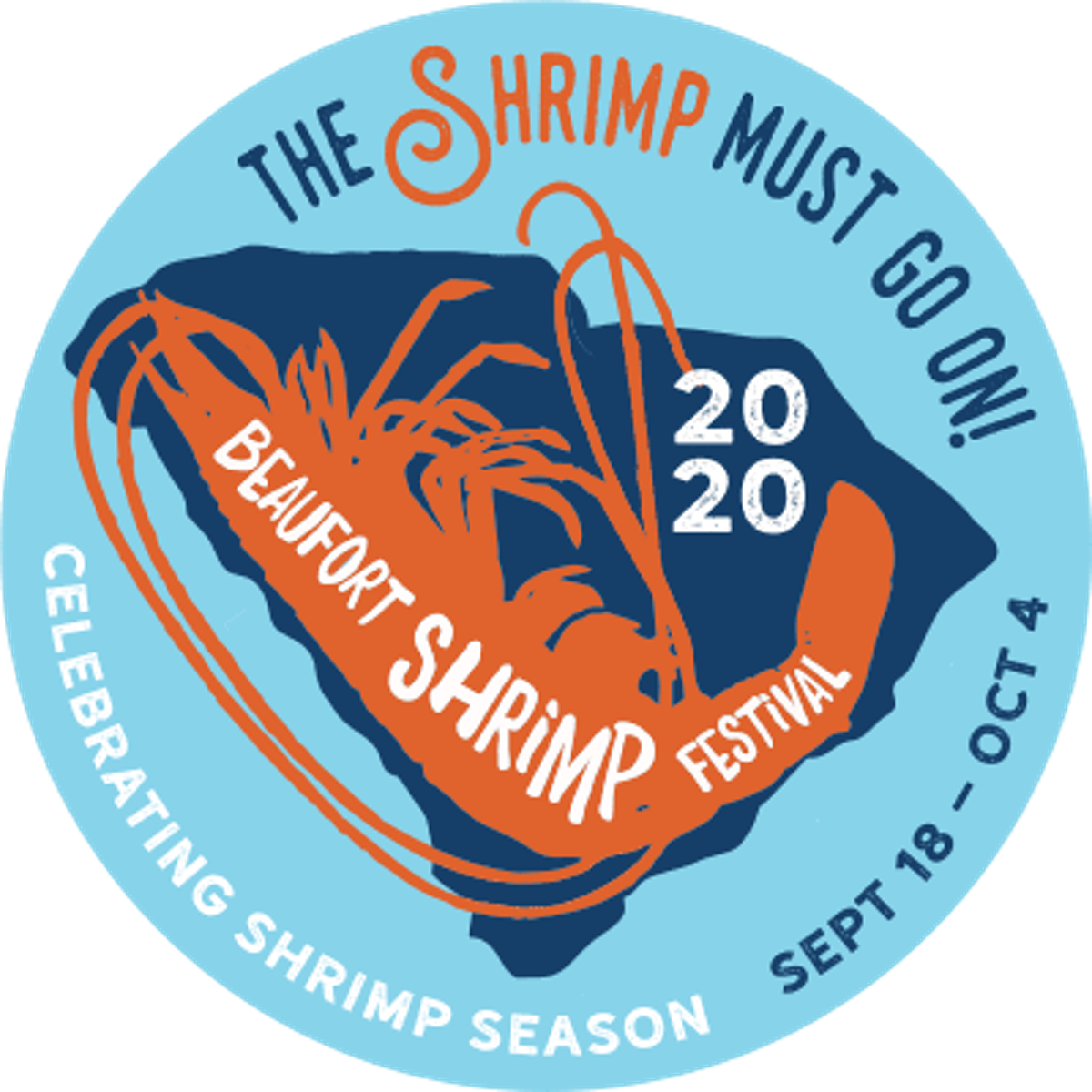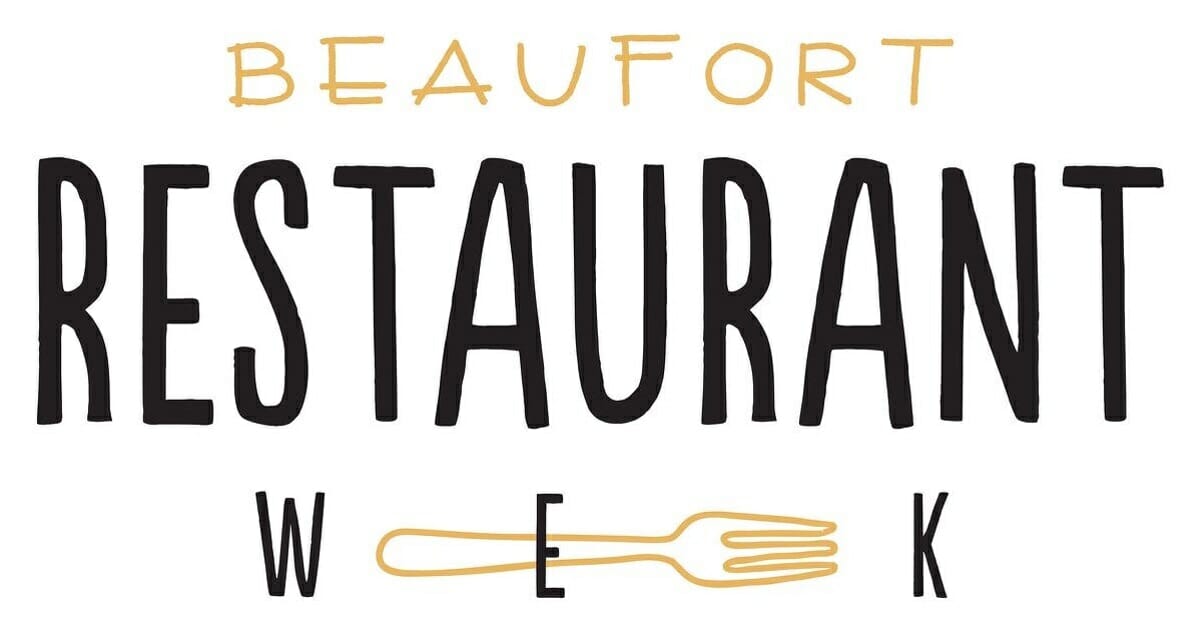By Celia Strong
Chablis is one of those wine words that can have several meanings. Hopefully, after you read this column, some of the confusion will be cleared up.
To begin, the most common use of Chablis is to mean any white wine. Usually not specific to any
one grape variety. And not even limited to “vitis vinifera” grapes.
For instance, “Brand X” Chablis from California is usually made with about 60 percent Thompson seedless grapes. We eat those all the time.
By contrast, in France, where the name Chablis comes from, its meaning changes completely.
Chablis is a town, located in northern central France, whose vineyards produce wines from 100 percent Chardonnay. Chablis is the most northern town in the Burgundy region, but there is a 60-mile area
between the main part of the region, to the south, and this town.
Chablis is an official AOC – appellation d’origine contrôlée or protected desgnation of origin – established in 1938, with several tiers of wines.
Petit Chablis is the lesser appellation; Chablis is the most general, regional wine; Chablis Premier Cru, a definite step up in quality where the wines come from 40 designated specific villages in the Chablis sub-region; and finally, Chablis Grand Cru are wines limited to grapes from the seven best villages.
Of course, prices increase as the AOC category gets better.
Joseph Drouhin is a Burgundy grower and producer dating back to 1880. Jospeh was actually from Chablis, but moved south into the town of Beaune (still in the Burgundy region) where much of the region’s wine industry was based at the time.
His descendants still own and run the company and follow guidelines for superior wines that he set. They own a vineyard called Moulin de Vaudin in Chablis. The 18th century watermill of Vaudon. They produce a Chablis that bears both the family name and the mill name.
Good news is these grapes are excellent quality because they grow very close to Grand Cru vineyards. Bad news, there are not always enough grown, and the Drouhin Vaudon Chablis is limited production. So limited that some years none is made.
The soil in the Vaudon vineyards is Kimmeridgian limestone. It’s sort of a white mortar that is full of tiny marine fossils that, hundreds of millions of years ago, all sank to the bottom of the ocean and mingled together.
This specific soil is part of what makes Chardonnay wines from Chablis and other sites in Burgundy have their unique flavors. The grapes for Vaudon Chablis are grown with traditional vineyard pruning and ploughing. They are hand-picked and very gently pressed.
An old Drouhin tradition that augments the wine’s flavors and textures dictates that the last of the juice from the crush is not used. The wine is aged in used French oak barrels for 12 months before bottling.
The finished wine is a pale gold color with hints of green around its edges. It has fresh aromas of lemons and grapefruits, subtle green apples, ferns, and spices like coriander. It is medium- to full-bodied on the palate, dry, crisp and smooth.
And, it has a long, minerally finish. This wine is meant to age up to seven years. At which point its aromas and flavors expand.
Stewed lemons. Limes. Lychee nuts. Butter. Baked apples. Dried flowers. Marzipan. Chalk notes. More herbs that include tarragon and bay leaf. And rich cream.
A very classic Chablis profile.
Also, as it ages, the crisp acidity mellows a bit, which adds more roundness to its mouthfeel. The current vintage, 2016, has had several years in its bottles before it got here. So part of this aging is already accomplished.
Vaudon Chablis pairs well with any cream-based sauce or casserole, poultry, seafood, veal, double and triple crème cheeses, like Brie.
And mustard sauces, of course. Dijon, where great mustard is made is in the Burgundy region. So, of course, Burgundy wines pair extremely well with mustard.
I hope the original wine meaning for “Chablis” is clarified. It’s real meaning?
All that remains is the tasting and drinking. Enjoy.






